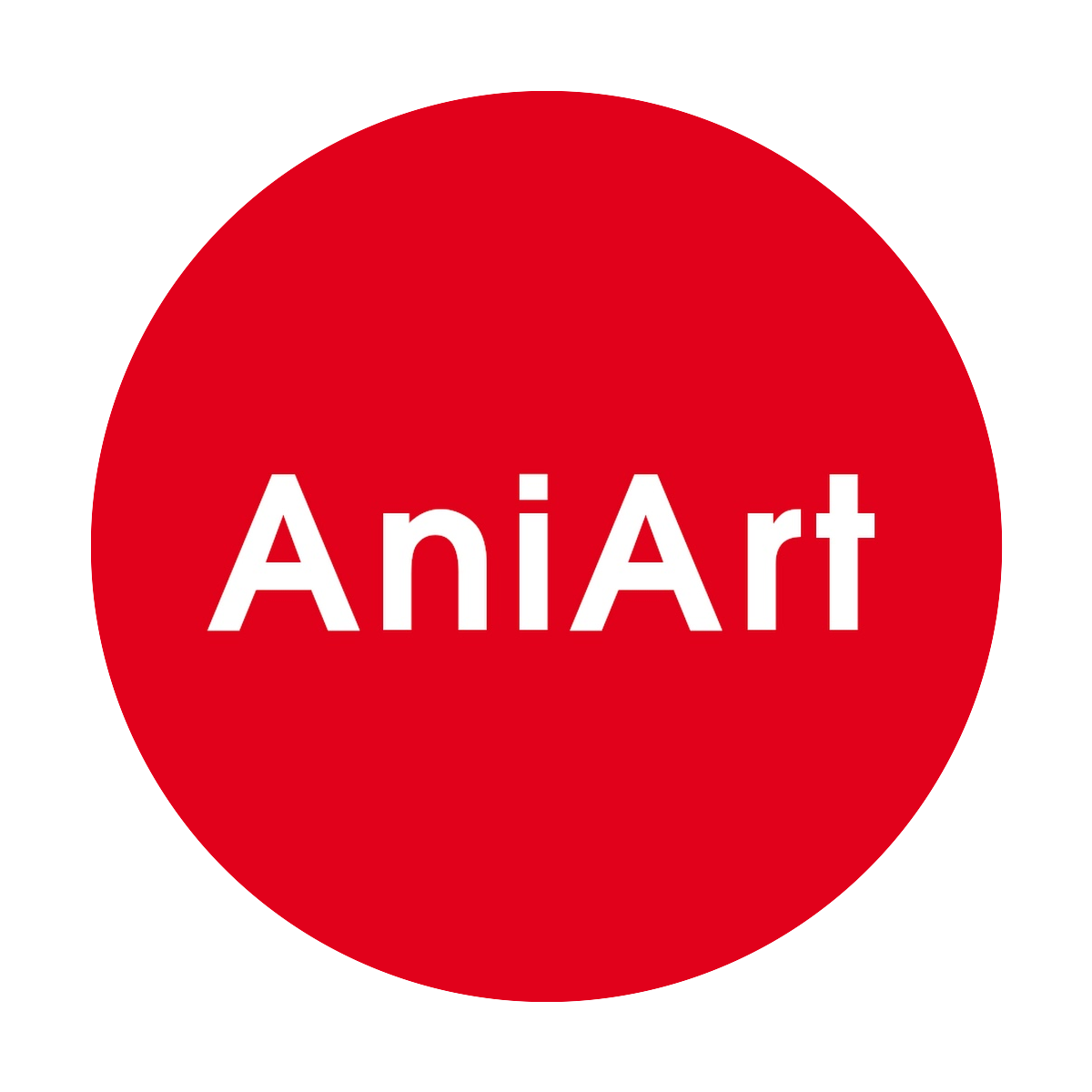Plan Your Project with Your Software
Introduction
Managing an outstaffing team effectively requires a delicate balance between providing enough oversight to ensure high performance and avoiding micromanagement, which can stifle creativity and reduce motivation. Businesses increasingly rely on outstaffing models to access specialized talent, increase scalability, and reduce operational costs. However, assessing the quality of work without being overly controlling can be challenging. This article explores strategic approaches to evaluating outstaffing team performance without falling into the trap of micromanagement.
Why Micromanagement Is Counterproductive
Micromanagement can harm both in-house and outstaffing teams, but it presents unique challenges in an outstaffing context:
• Decreased motivation – Constant oversight can reduce autonomy and discourage independent problem-solving.
• Reduced efficiency – Time spent on micromanagement is time lost on strategic oversight and core business functions.
• Lack of trust – Excessive control can signal a lack of confidence in the team’s abilities, creating friction and disengagement.
Effective Strategies for Quality Evaluation Without Micromanagement
1. Define Clear KPIs and Success Metrics
Establishing well-defined performance indicators is essential. Focus on measurable outcomes rather than task completion:
✅ Project deadlines and delivery timelines
✅ Code quality, including bug rates and testing coverage
✅ User engagement and customer satisfaction metrics
✅ Cost efficiency and budget adherence
2. Implement a Transparent Reporting System
Create a structured reporting process that allows the team to provide updates without constant interference:
• Weekly or biweekly progress reports
• Dashboards that provide real-time insights
• Automated alerts for missed deadlines or performance dips
3. Leverage Agile Frameworks
Agile methodologies encourage self-regulation and team accountability:
• Regular sprint planning and retrospectives
• Clear backlog management
• Collaborative problem-solving during stand-ups
4. Use Performance Reviews and Feedback Loops
Regular performance reviews based on data rather than subjective opinions can enhance objectivity:
• Peer reviews and self-assessments
• Data-driven performance reports
• Constructive feedback sessions focused on improvement
5. Promote a Results-Oriented Culture
Shifting the focus from task completion to results allows for greater autonomy and accountability:
✅ Encourage problem-solving and initiative
✅ Reward outcomes rather than effort
✅ Build a culture of trust and mutual respect
Conclusion
Evaluating the performance of an outstaffing team without micromanagement requires a structured approach rooted in clear metrics, transparent communication, and a results-oriented mindset. By defining success, encouraging accountability, and promoting trust, businesses can unlock the full potential of their outstaffing partnerships.

